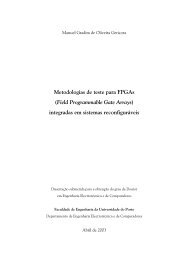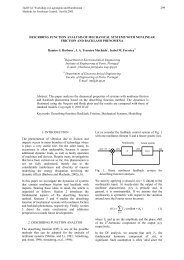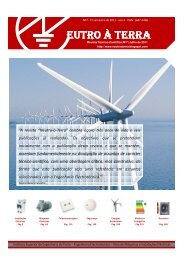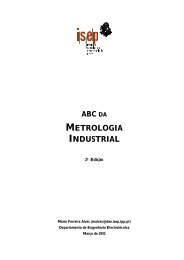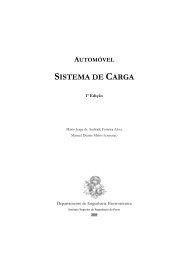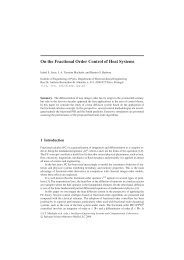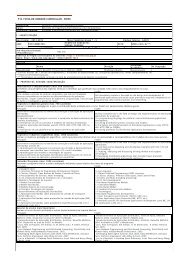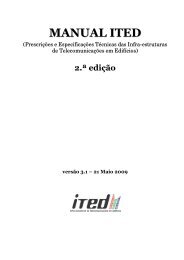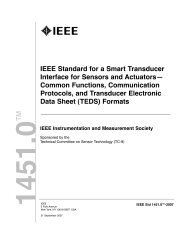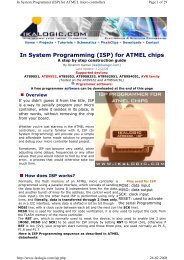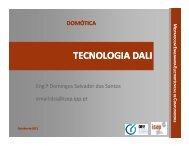AUTOMOTIVE ELECTRICAL CIRCUITS AND WIRING
AUTOMOTIVE ELECTRICAL CIRCUITS AND WIRING
AUTOMOTIVE ELECTRICAL CIRCUITS AND WIRING
Create successful ePaper yourself
Turn your PDF publications into a flip-book with our unique Google optimized e-Paper software.
The electronic voltage regulators use an electronic circuit to control rotor field strength<br />
and alternator output. It is a sealed unit and is not repairable. The electronic circuit<br />
must be sealed to prevent damage from moisture, excessive heat, and vibration. A<br />
rubber like gel surrounds the circuit for protection.<br />
An integral voltage regulator is mounted inside or on the rear of the alternator. This is<br />
the most common type used on modern vehicles. It is small, efficient, dependable, and<br />
composed of integrated circuits.<br />
An electronic voltage regulator performs the same operation as a contact point<br />
regulator, except that it uses transistors, diodes, resistors, and capacitors to regulate<br />
voltage in the system. To increase alternator output, the electronic voltage regulator<br />
allows more current into the rotor windings, thereby strengthen the magnetic field<br />
around the rotor. More current is then induced into the stator windings and out of the<br />
alternator.<br />
To reduce alternator output, the electronic regulator increases the resistance between<br />
the battery and the rotor windings. The magnetic field decreases and less current is<br />
induced into the stator windings.<br />
Alternator speed and load determines whether the regulator increases or decreases<br />
charging output. If the load is high or rotor speed is low (engine at idle), the regulator<br />
senses a drop in system voltage. The regulator then increases the rotors magnetic field<br />
current until a preset output voltage is obtained. If the load drops or rotor speed<br />
increases, the opposite occurs.<br />
Alternator Maintenance<br />
Alternator testing and service call for special precautions since the alternator output<br />
terminal is connected to the battery at all times. Use care to avoid reversing polarity<br />
when performing battery service of any kind. A surge of current in the opposite<br />
direction could bum the alternator diodes.<br />
Do not purposely or accidentally "short" or "ground" the system when disconnecting<br />
wires or connecting test leads to terminals of the alternator or regulator. For example,<br />
grounding of the field terminal at either alternator or regulator will damage the<br />
regulator. Grounding of the alternator output terminal will damage the alternator and<br />
possibly other portions of the charging system.<br />
Never operate an alternator on an open circuit. With no battery or electrical load in the<br />
circuit, alternators are capable of building high voltage (50 to over 110 volts) which<br />
may damage diodes and endanger anyone who touches the alternator output terminal.<br />
Alternator maintenance is minimized by the use of prelubricated bearings and longer<br />
lasting brushes. If a problem exists in the charging circuit, check for a complete field<br />
<strong>AUTOMOTIVE</strong> <strong>ELECTRICAL</strong> <strong>CIRCUITS</strong> <strong>AND</strong> <strong>WIRING</strong> 35/ 101



